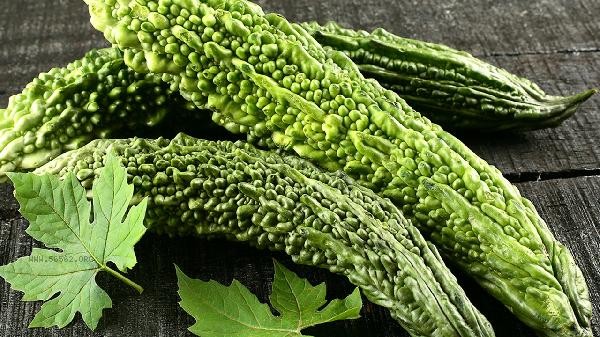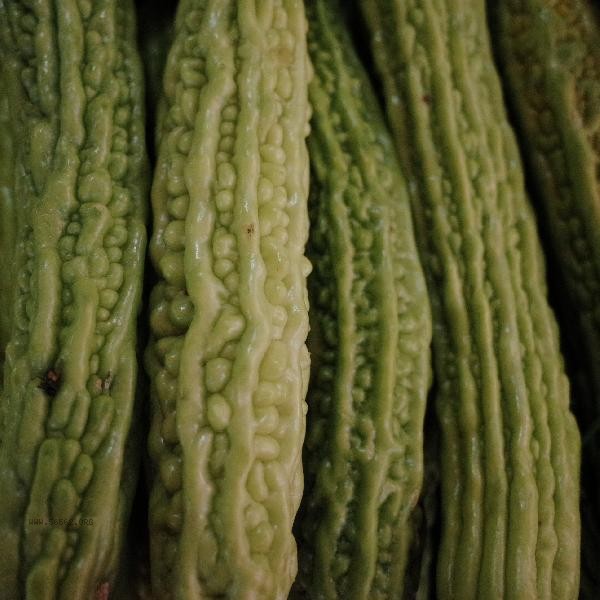Pre processing and pairing of ingredients during the stir frying of bitter gourd can effectively reduce bitterness, retain nutrients, and enhance taste. The main methods include salting to remove bitterness, blanching, pairing with meat and vegetable ingredients, controlling the heat, and seasoning to neutralize.

1. Salinize and remove bitterness
Marinate the sliced bitter gourd slices with salt for 10 minutes. The salt can penetrate the cell wall and precipitate the bitter substance cucurbitacin C. Then rinse with clean water. This method can remove some bitterness and maintain crispness, suitable for cold mixing or quick stir frying. Be careful not to use too much salt to avoid damaging minerals such as potassium in bitter gourd.
2. Blanching treatment
Add a small amount of cooking oil to boiling water, blanch bitter gourd for 30 seconds, and then quickly supercool it. High temperature softens the cell wall of bitter gourd, and some bitter substances dissolve in water. The oil film can reduce nutrient loss. After blanching, bitter gourd has a greener color and is suitable for stir frying or brewing, but there may be a loss of vitamin C.
3. combination of meat and vegetables
Stir fry bitter melon with high protein ingredients such as eggs, beef, and sausages. Protein can combine with bitter ingredients to reduce taste perception. Paired with fresh and fragrant ingredients such as onions, fermented black beans, and red peppers, the bitterness is masked by flavor compounds. It is recommended to first blast the ingredients until fragrant before adding bitter melon, as the layers are more diverse.

4. Control heat and enhance aroma
High heat and fast frying can reduce the release of bitter substances and maintain a crisp taste. Before stir frying, use a ginger and garlic wok to stimulate the aroma substances and neutralize the bitterness at high temperatures. Drizzle a small amount of cooking wine or sugar and vinegar before serving, and produce aromatic compounds through the Maillard reaction to enhance overall flavor coordination.
5. Seasoning and
Use natural sweeteners such as honey and sugar to balance bitterness, with a proportion controlled within 3% of the food ingredient. Fermented seasonings such as soy sauce and oyster sauce contain taste enhancing nucleotides, which can complement each other in freshness and flavor. A small amount of chili or Sichuan pepper can stimulate the taste buds and shift attention to bitterness, but it should be used with caution for people with damp heat constitution. Bitter gourd is rich in bitter gourd glycosides, chromium and other components, which help regulate blood sugar metabolism. For daily use, it is recommended to choose tender bitter melon with plump and green protrusions on the epidermis, which has a relatively mild bitterness. Retaining some white melon flesh during cooking can increase dietary fiber intake, but women in early pregnancy and those with spleen and stomach deficiency and cold should control their consumption. Paired with digestive ingredients such as hawthorn and tangerine peel, it can alleviate gastrointestinal discomfort. Long term consumption can gradually adapt to bitterness and obtain health benefits.









Comments (0)
Leave a Comment
No comments yet
Be the first to share your thoughts!